One of the common causes of problems with electrical appliances is cable damage in a certain section of the wiring. It is good when the location of the cable break is known and is accessible for quick repair. But what to do if there is a gap or short circuit happened on a closed section of the chain, somewhere in the grooves? In this case, you need to either call a professional electrician to troubleshoot the problem, or look for the break location yourself. And if you decided to read this article, then you probably chose the second option.
Short circuit in hidden wiring
We are looking for short circuit areas
Before searching for a break hidden wiring, you should make sure that there is voltage at the input and that the machines are working properly. If, upon inspection of the machines, it is determined that the plugs are in the cocked state, then the emergency occurred in the house itself, but if the machine is in the off position, then this indicates a short circuit has occurred. Then you can begin to directly search for the area where the failure occurred.
As a rule, wiring in the house is installed according to the radial principle. In other words, beams (wiring) diverge from the dose box to the sockets, and a separate cable is supplied to each switch. We recommend that you familiarize yourself with the wiring diagram that is installed in your home - this will greatly simplify the search for a break or short circuit in the circuit.
Find the dose box and open it - there are several twists inside. It is recommended to measure the resistance and voltage on each line. If the indicators are positive everywhere, you need to look for the cause in another dose box. As soon as you find a twist on which there is no tension and resistance, this means that there is a break in this line that needs to be repaired.
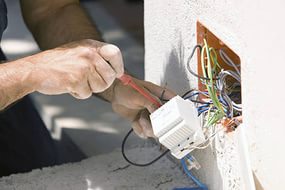
We are looking for short circuits in hidden wiring
So we have defined common area, where the rupture occurred. Now you need to find out in what specific place the gap occurred, and then eliminate it. Let's look at how to find a break in hidden wiring.
Finding the break point
The first and simplest method of further action is to open the plaster and find a wire that has no voltage. The opening is carried out from the junction box and further to the place of damage. A large exposed area of grooves on the wall, dust and noise - all this in order to find and eliminate an area several centimeters in size.
Note that in some cases it is difficult to even determine the route of the cable that runs in the wall. It’s good if the electricians used GOST standards and wiring installation rules when laying the cable, but there are often cases when the cables are laid by the most shortcut to reduce costs. In this case, it may be necessary to remove all the plaster from the wall in order to determine the route and eliminate the defect. In order to avoid such destructive repairs, electricians use a special device to detect broken hidden wiring.
Professionals most often use the MS-58M device - a special non-contact probe for determining the voltage on the path through various materials, incl. concrete, brick, wood, etc.
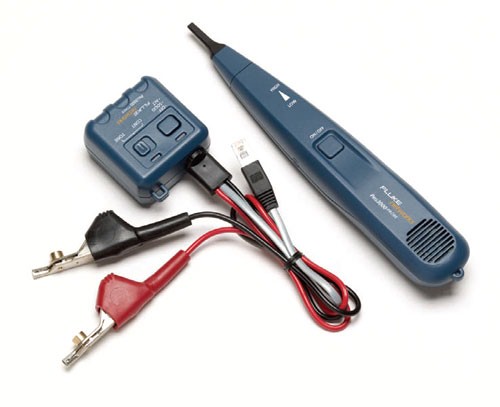
Device MS-58M
For everyday purposes, simple combination type variations like MS-48NS are also used. Using this device, you can determine the voltage on a certain section of the conductor, ring the wire, and also determine the section of the route where the voltage disappears.
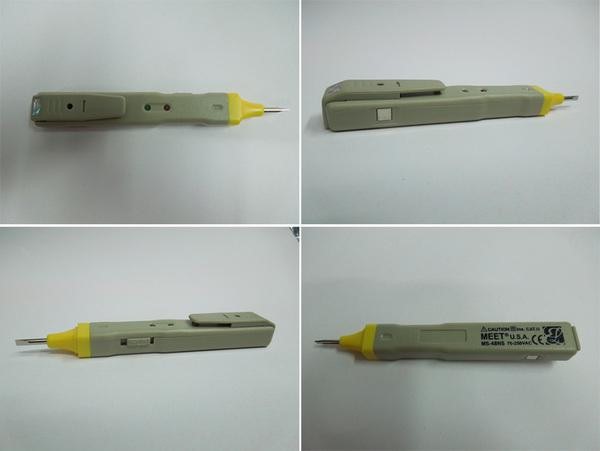
Device MS-48NS
As a rule, such devices accurately determine the location of the break - up to 8-12 cm. In this way, the amount of work is significantly reduced and the cable can be repaired without significant damage.
When installing electrical wiring, first of all it is necessary to ensure the reliability of the installation. After all, working with electricity is no joke. Safety in electrical installations always comes first. True, despite the fact that installation work Even first-class specialists can perform it, life still makes its own adjustments. Here's a typical example. finished. Everything was done as needed - redevelopment, clean finishing of room surfaces, a modern bathroom, installed suspended ceiling. And suddenly the electrical wiring is damaged... the owner of the apartment will immediately panic, because all this beauty will have to be disturbed in order to eliminate the defect.
It’s good if the network runs in pipes, cable ducts, or the wiring is open (which is unlikely to happen with such repairs). If not, and it is laid in grooves and plastered, then the level of “destruction” of the finishing in the newly renovated apartment depends on the accuracy of detection of the area of damage.
Your lights have gone out, your apartment has lost power? Don't start to panic, the whole house may have lost power. Make sure you are the only one with no tension. I had a similar case when my apartment lost power and I was looking for the reasons at home, only then I decided to ring the bell for my neighbors and realized that this was a planned outage.
Remember at what moment this happened. Perhaps you turned on some powerful device and therefore the machine or RCD turned off. Look in the panel in the apartment to see if there are machines with the toggle switch down, and also check in the panel on the landing. If you find a machine with the toggle switch down, turn it on by lifting it up. RCDs do not always turn off because something is not working properly in your house, sometimes this happens due to a high voltage drop in the network.
If you find a disconnected machine or RCD and when I try to turn it on, it turns off again, possible reasons a malfunction of this machine, a malfunction of some device connected to this group, or a short circuit on the conductor (wiring); the insulation could have melted due to overload. In these cases, you can’t go anywhere without a specialist! Of course, you can turn off the devices and try to turn them on again.
If a short circuit occurs at home for which you could not determine the cause yourself, you must immediately call an electrician. You shouldn’t troubleshoot problems yourself, because in addition to general knowledge about electricity, you also need to have significant practical experience. Be able to use a special device to detect the location of damage and correct them with minimal losses for finishing.
Special equipment for finding burnt wiring is needed not only for its restoration. Any attempt to make a hole in the wall at random can end badly if you don’t know whether the wiring is laid there or not. For example, in old buildings, in order to install a pipe for a heated towel rail in the wall in the bathroom, it is necessary to make a deep groove. And it is not a fact that work cannot take place in the area electrical wires or cable. And most likely there is no wiring diagram for this place. It is precisely in this case that a special device is required to detect hidden wiring in the building. Subsequently, you can call a specialist who, thanks to the device, will be able to draw up a diagram of the entire lighting network and mark the branches of wires that fit into sockets or switches.
And if you have not yet done major repairs in your apartment, then you are in a more advantageous situation than the owner of an apartment with major repairs. Thanks to the ready-made diagram, you can first do the electrical installation and only then finish the rooms or add socket groups with peace of mind. All old aluminum wires will be replaced with copper, which greatly reduces the possibility of short circuits and electrical wiring failures.
To summarize, it is worth saying that if some sockets in your house do not work or there is no electricity at all, then you should not be upset. Take advantage of new age help and technology.
In old apartments, where the wiring was laid back in the Soviet Union, short circuits quite often occur, which knock out the input circuit breaker. In order to find such a “short one” we need a continuity tester or a multimeter, a little logic and the desire to figure it out….
Before you panic, check to see if some electrical appliance is shorting, disconnect everything from the network and turn on the machine; if it hasn’t broken out, look for a short circuit, turning on all the electricity consumers in your apartment in turn. On a faulty electrical appliance, the machine will trip, and you have found the cause of the short circuit. If the machine operates without load, then read below.
First of all, we look at the apartment panel, there are two options:
1. The whole apartment sits on an introductory machine or automatic traffic jam.
2. In addition to the introductory machine, there are also machines, that is, you have several groups from which the apartment is powered.
It doesn’t matter what option you have in the panel, decide which machine is knocking you out, and unplug the outgoing wire from it. Be sure to walk around the apartment and turn off all electrical appliances, since when searching for and testing a short circuit, there may be a “reverse” and you won't understand anything. To put it simply, the signal from the dial can return through a light bulb or refrigerator and show a circuit, that is, a short circuit.
In the case when you use a multimeter instead of dialing, then on the display when short it should show one, if the return flows through some electrical appliance, then there should be a resistance greater than one.
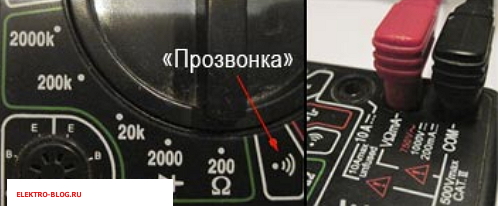
Switch position on dial

Shorty
After making sure that everything is turned off and all the bulbs are unscrewed, we begin to look for a short circuit. From the apartment switchboard the cable goes to the first dose box, which can be found by knocking on the walls. You can also use a hover indicator; it will show if the box is bricked up.
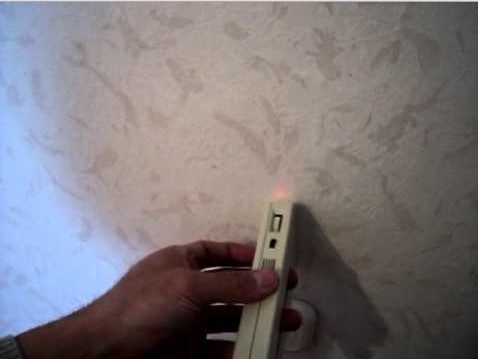
Having opened the dose box, we look at the entire wiring diagram; the power cable should come in and out of the box. All twists must be untwisted so as not to get confused later. mark the wires with a marker, so that you can twist everything the same way later.
After all the twists are untwisted, we ring the incoming power cable. If the continuity beeps, then there is a short circuit in the section of cable running from the panel to the first box and the short circuit has been found. If everything is fine in the first section, we look for the second box and call the cable using the same principle. Also call all outgoing wires from the box. It is possible that the wire on the socket was burnt and a short circuit occurred. In general, check all the wires step by step.
It is quite possible that when you open the dose boxes, you will find burnt twists that cause a short circuit. It is also possible that you will need to open all the boxes in the apartment and the short one may end up on the last box.
An electrical circuit is a direct connection of conductors at opposite potentials. For example, “+” and/or “phase” – “zero” (“ground”). A short circuit occurs because the circuit resistance at the point of contact is very close to zero. When a short circuit occurs, a huge amount of energy is released that is not absorbed by anything, so the effect of the short circuit is expressed in a bright flash, a sound effect and high temperature at the point of the circuit. As a result of a short circuit, the current increases abruptly. It can reach several hundred amperes, depending on the fault conditions.
Which often leads to failure of a section of electrical wiring, and not rarely to fires.
There are several reasons for a short circuit:
- Old wiring and installed elements, such as sockets. Over time, dust and dirt accumulate in the outlets, which can lead to a short circuit. Wire insulation also does not last forever. Over time, it dries out and loses its insulating properties. Or it completely crumbles.
- Old connections in junction boxes. The twists, no matter how well they were once made, will weaken over time, which leads to their heating due to poor contact. Insulating tape, like wire insulation, ages and loses its properties over time.
- There is too much load in the circuit; the cross-section of the wire determines the maximum load, and therefore the current that can be applied to it. When the load is higher than the calculated one, the wire begins to heat up. The insulation deforms and then boils. Over time, a short circuit occurs. It is necessary to follow the basic rules for using electrical appliances.
- Availability of water. If water gets into a distribution box or socket, then in 98% of cases this leads to a short circuit. This happens because water is a very good conductor of electricity.
- A short circuit may occur inside electrical appliance, connected to an outlet, or in a chandelier socket.
- Functional protection equipment will help to avoid serious consequences from a short circuit.
Short circuit, how to find it?
The search for short circuits begins with sockets. To do this, remove the plugs of all electrical appliances from all sockets and turn off all switches. After that it turns on circuit breaker(the plug is changed). If the short circuit does not disappear, then you need to open all sockets and boxes one by one. During repairs, it is advisable to replace the cable shelves with new ones; they are currently being produced good quality. A short circuit most often reveals itself as carbon deposits, traces of metal melting, and an odor. Most often, short circuits occur in junction boxes,
It happens that there are no visible traces. This means that the short circuit has occurred in hidden areas of the wiring. To detect such a short circuit, it will be necessary to disassemble the box circuit. After this, turn on the circuit breaker again. If the short circuit disappears, then you can look further in the directions that this box feeds. It is better to look with an ohmmeter. At worst, a regular 2.5 volt light bulb with a battery will do. In a closed section, the device will show low resistance (up to several tens of ohms), and the light will light up. It is better to replace a damaged wire.
If the lights in the apartment suddenly turn off, it is possible that the wiring has shorted out. And if at the same time a characteristic smell of melted plastic appeared (the insulation was burnt), then the wiring was definitely shorted somewhere.
It may happen that in the outlet or electrical panel a characteristic crackling sound is heard and a bright flash is visible - this is also a short circuit (short circuit), but without automatic shutdown of the fuses. Previously, these were “traffic jams”, but now they are “automatic machines”. When the wiring is shorted, the first thing you need to do is turn off all the circuit breakers - they are located in the electrical panel of the house. If an open fire is visible at the fault point, it must be extinguished immediately. It is best to throw a thick blanket or any suitable fabric. Never extinguish a shorted wire with water - it is an excellent conductor of electric current.

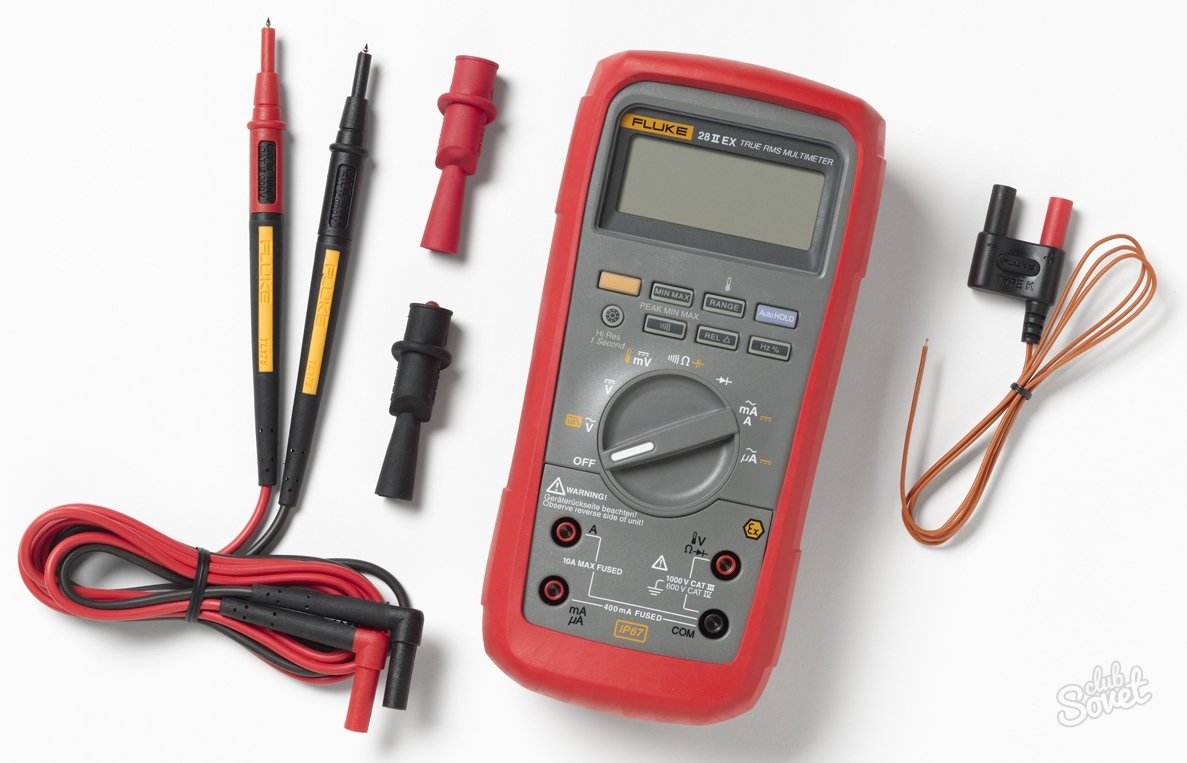

To ensure that the wiring in the apartment does not short out, reliable electrical wires are needed even at the stage of basic repairs. Their power should be such that it is enough to connect numerous household appliances. The machines must also be selected according to the appropriate safety class. Experienced electricians advise planning the routes of electrical wires at the level of the baseboards, so that when hammering nails for shelves or flower pots, you do not inadvertently disturb the hidden wiring.